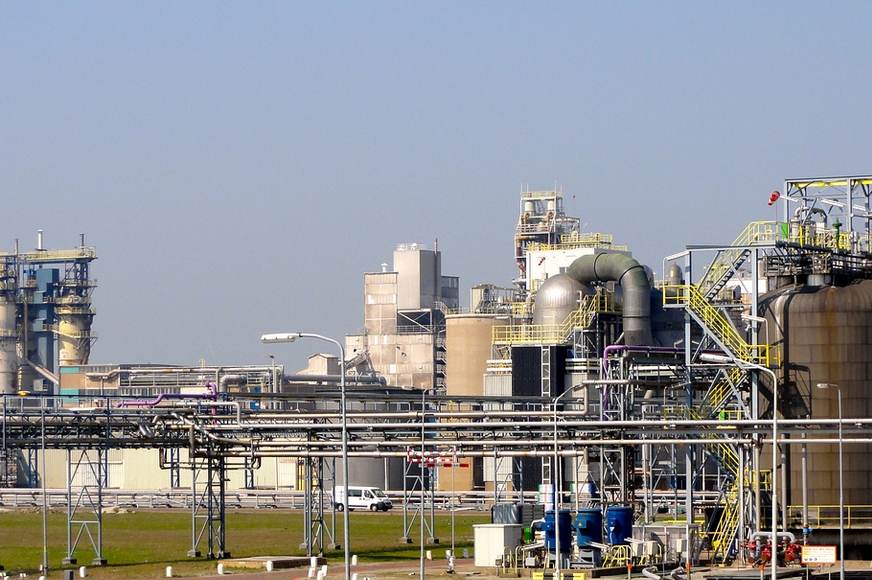The Basics of Cornstarch
Cornstarch is a common ingredient used in various industries such as food, pharmaceuticals, and paper production. It is derived from the endosperm of corn kernels and is composed mostly of starch molecules. Cornstarch has a wide range of applications due to its unique properties, including its ability to thicken and stabilize liquid mixtures.
The Chemical Formula
The chemical formula for cornstarch is (C6H10O5)n, where n represents the number of repeating units in the starch molecule. This means that cornstarch is composed of many glucose molecules linked together in a linear chain. The repeating unit in cornstarch is called amylose, which is a type of polymer made up of glucose units.
The Science Behind the Ingredient
Cornstarch is a complex carbohydrate made up of long chains of glucose molecules. When cornstarch is added to a liquid, the chains of glucose molecules are dispersed and begin to absorb water. As the mixture heats up, the starch granules start to swell and thicken the liquid. This process is called gelatinization, and it is what makes cornstarch an excellent thickening agent.
The Applications of Cornstarch
In Food Production
Cornstarch is commonly used in food production as a thickener, stabilizer, and binder. It is used in sauces, gravies, soups, and desserts to give them a smooth, creamy texture. Cornstarch is also used in baking to help cakes and bread rise and to create a crisp coating on fried foods.
In Pharmaceutical and Cosmetic Industries
Cornstarch is also used in the pharmaceutical and cosmetic industries. It is used in the production of tablets to help bind the ingredients together and improve their disintegration. Cornstarch is also used in cosmetics to absorb moisture and prevent caking.
In Paper Production
Cornstarch is added to paper production to improve the strength and durability of the paper. It is also used as a coating to make the paper more resistant to water and oil.
The Benefits of Using Cornstarch
Gluten-Free Alternative
Cornstarch is a gluten-free alternative to wheat flour, making it an ideal ingredient for those with gluten intolerance or celiac disease.
Low in Calories
Cornstarch is low in calories, making it an excellent option for those looking to reduce their calorie intake.
Cost-Effective
Cornstarch is a cost-effective ingredient that is readily available, making it a popular choice for manufacturers.
The Possible Side Effects of Cornstarch
While cornstarch is generally safe for consumption, there are some possible side effects to be aware of. Consuming large amounts of cornstarch can lead to an increase in blood sugar levels, which can be harmful to those with diabetes. Cornstarch can also cause digestive issues such as bloating, gas, and diarrhea in some people.
Conclusion
Cornstarch is a versatile ingredient that has a wide range of applications in various industries. Understanding the chemical formula and science behind cornstarch can help us appreciate its unique properties and benefits. While there are some possible side effects to be aware of, cornstarch is generally a safe and cost-effective ingredient that can be used in many different ways.

